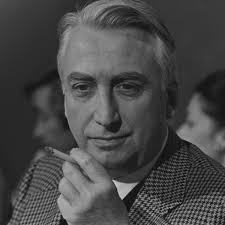
Each August, usually a week before school, I sit down and watch Shrek 2 with my sister. We consider it the best of the best and the cream of the crop when it comes to modern cinema. Not only are the song choices impeccable, but the storyline is unmatched. When I was younger, my dad was obsessed with Shrek, which in turn meant that we were obsessed with Shrek. We even had the “Shrek the Halls” Christmas special, which still sits in our living room, scratched and hanging on by a thread.
Every time we make our popcorn and sit down to watch Shrek 2, whether it is on a DVD or a streaming service, I’m always excited. Fiona always drew me in with her unapologetic style of just being which is difficult to find in leading female characters. I also always adored her for her arc of coming to terms with her ogre-self, which makes her happier in the end. Our discussions of female characters in fairy tale stories have helped me think more about these more recent contributions to the whimsical world of fiction. Why is it so difficult for women to find representation in modern fairy tale adaptations? A perfect example is Fiona – when she becomes her true self when she is with Shrek, she seems much happier – but is not technically “conventionally” beautiful. I think that’s what makes her unique and easier to resonate with as an actual character with thoughts and aspirations.

